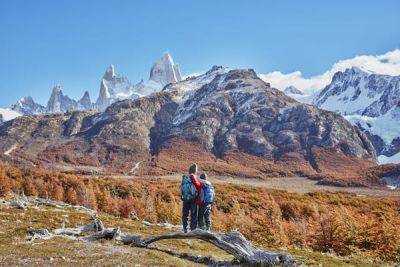Jun 29, 2024 • 8 min read
How to get around in Argentina: be ready for some epic journeys
11.06.2024 - 01:53 / lonelyplanet.com
Argentina is a big country. In fact, it’s a vast country with long distances to travel between its major tourist attractions.
It has just over 3.7 million sq km (1.42 million sq miles) and 46 million inhabitants, which makes the country sparsely populated for its size. It’s the world's largest Spanish-speaking country, the second-largest country in Latin America and the eighth-largest country globally.
However, when planning your trip, you can choose from several options to travel around. Here's our guide to getting around in Argentina by bus, plane, car or train.
In Argentina, buses are called micros, and you can travel the whole country using medium- and long-distance services.
In terms of comfort, there are several kinds of buses, especially those traveling long-distance routes. Some have partially reclining seats (sold as semi cama), reclining seats (cama) and luxury seats (cama ejecutivo or suite). The latter offers a hot meal service on board.
All long-distance buses have restrooms, reclining seats, and air conditioning (sometimes, they overdo it, so bring a coat). Some companies even have on-board wi-fi and USB ports, although you can't rely on them enough to schedule a business meeting.
If traveling from Buenos Aires, make sure all your belongings are secure before arriving at the Retiro bus terminal where you should be vigilant of your personal effects, especially your cell phone.
Renting a car in Argentina is more expensive than in Europe or North America. However, exploring new roads beyond the touristy attractions makes up for that extra cost.
It is also an excellent way to visit smaller towns in the northwest, such as Salta, Jujuy and Patagonia, which are marred by infrequent bus services.
When renting a car, opt for the unlimited mileage option. Basic third-party protection insurance is part of the car rental agreement. If you're traveling to a neighboring country, double-check that the rental agreement covers it. National roads are generally in good condition, though rural roads tend to be unpaved and riddled with potholes.
Decided to drive? Here are our top road-tripping routes in Argentina
Argentina's railway network became one of the most extensive in the world and an example for Latin America. In the 1990s, the networks were dismantled and handed over to private hands.
Many intercity train services did not continue, and the service deteriorated. However, some popular cities such as Mar del Plata, Córdoba, Rosario and Tucumán, can still be reached by train.
Service is much slower and less frequent than the bus, but is cheaper. In some parts of the country, trains offer incredible panoramic views, such as El Tren del Fin del Mundo (Train to the End of the World) in Ushuaia, Tren
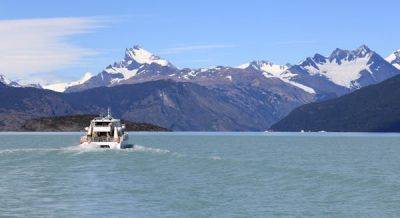
The best ways to travel around in Patagonia
Jun 28, 2024 • 7 min read
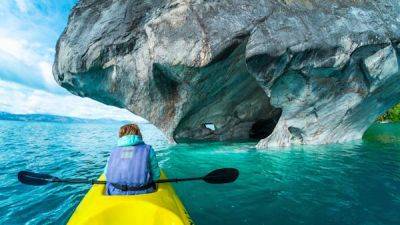
10 of the best outdoor activities in Patagonia
Jun 26, 2024 • 10 min read

Vitruvian Partners increases stake in Civitatis
Vitruvian Partners has purchased a further ownership stake in Civitatis, the leading curated online marketplace for guided tours and activities for Spanish and Portuguese speaking consumers, investing an additional USD 50m. Civitatis continues to be led by the founder and CEO Alberto Gutiérrez, who established the company in 2008. Civitatis is a rare example of a company that has been cashflow positive from day one, built by its founder without any external capital. The Company remains on track to be a future Spanish unicorn, as a curated marketplace for the large and growing tours and activities category, underpinned by a rapid digitalization tailwind. Founder and CEO Alberto Gutiérrez said, “Our growth and profitability have been fuelled by a combination of highly effective sales channels, well-invested technology platform, and a customer-centric approach, providing the activities and tours in our customers’ own preferred language. Our customers appreciate our expertly curated catalogues of activities across the world, as well as the easy booking and, of course, the outstanding experience that they have with us. With the support of Vitruvian, we are continuing to expand our offerings and meet the demands of our rapidly growing customer base.”
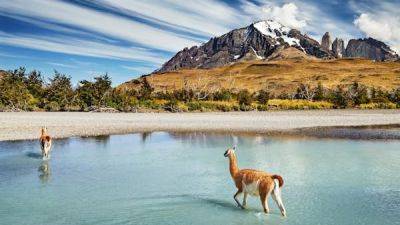
18 of the best things to do in Patagonia
Jun 25, 2024 • 13 min read

Vitruvian Boosts Civitatis with $50M for Latin America Growth
Vitruvian Partners, an international investment firm, made an additional $50 million venture investment in Civitatis, a curated marketplace for tours and activities mainly serving travelers from Spain and Latin America.
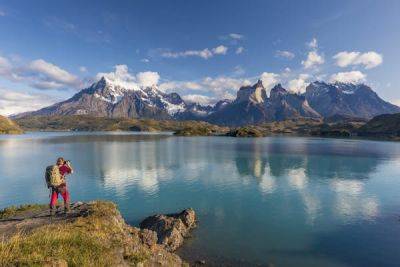
13 of the best national parks in Patagonia
Jun 24, 2024 • 11 min read

Airbnb to Show Total Price by Default in California Due to New Law
People who visit Airbnb’s website and app in the U.S. first view the nightly rate and they can toggle to view the total price with all fees before taxes.
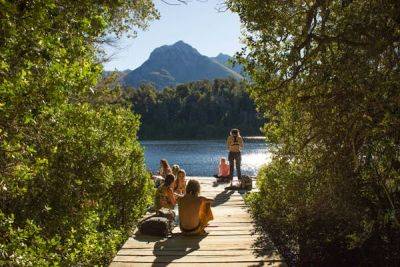
Argentina on a budget
Jun 17, 2024 • 6 min read

Watch: Pro-surfer paves the way for disabled students to catch waves in Argentina
By age 17, Lucas Rubiño was a professional surfer. He is a five-time champion in the tandem category and a longboard champion. Aside from his surfing achievements, Lucas told SCENES that founding the Escuela Mardel Surf School is arguably his most fulfilling undertaking. It allows him to ride the waves with an exceptional group of people.

7 Best Wine Destinations in South America
Unlike coffee plantations, wine cultivation isn’t restricted by elevation or latitude, and in South America, you’re sure to stumble across vintages being made in well-known destinations such as Mendoza’s Uco Valley or Chile’s Maipó Valley. But there are a host of unexpected, up-and-coming regions across the continent, where you can sample vintages often paired with epic scenery, away from the crowds, yet surrounded by warm hospitality. Take Argentina’s extremely elevated La Quebrada de Humahuaca canyon, where light red Criolla and herbal, blackcurrant Malbec are produced at 8,200 feet above sea level. Peru’s Ica Valley, meanwhile, is usually known for Pisco production but now is the time to try the eight aromatic grape varieties as wine, rather than a spirit. As for Uruguay's glitzy Punta del Este beach resort town, a cluster of wineries are making crunchy ocean-influenced whites that pair perfectly with local catches of the day. Given the vast size of South America, explore this unsung terroir by car—it'll allow you to move slowly, and get even further off the well-trod path (good news: many of the area's wineries have stylish stays right on site).

Everything you need to know about getting around Belgium
Jun 12, 2024 • 6 min read
